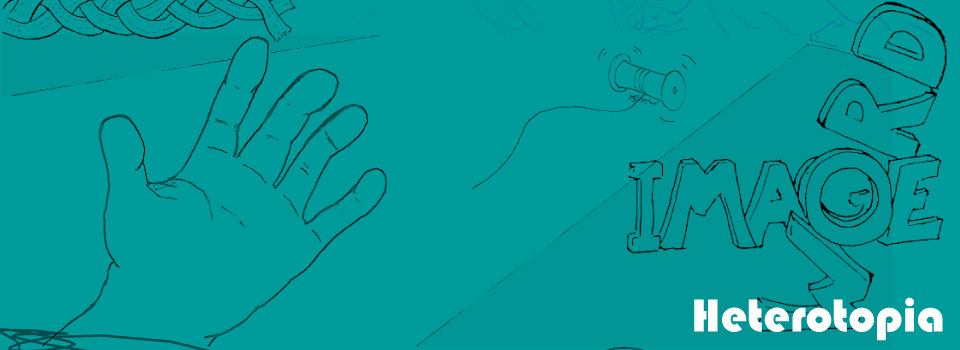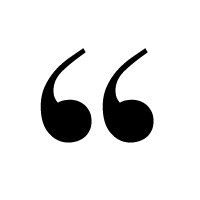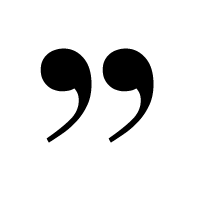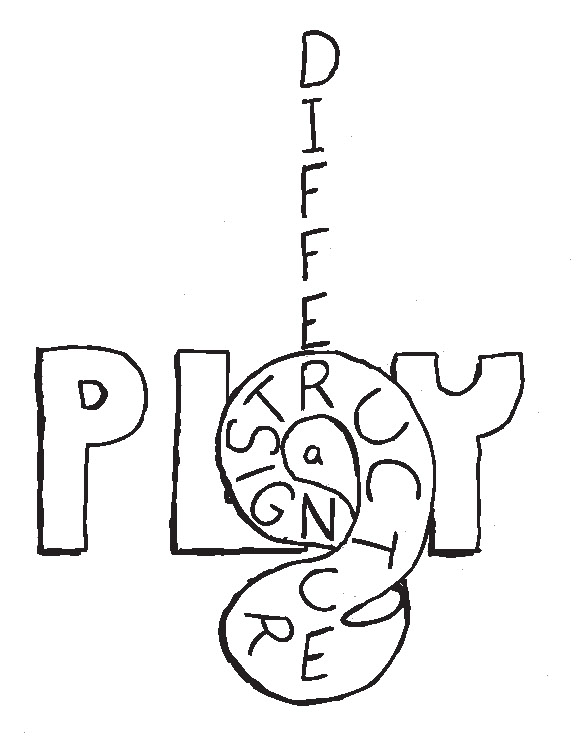
x
Contents
Home
Home
Home


The mechanism at work here could serve as the object of a scholarly explanation of which I am incapable.
The explanation would be valuable even irrefutable but the mystery would remain undiminished.
Rene Magritte to Michel Foucault
(Foucault, This Is Not a Pipe 58)
Heterotopia

This nexus attempts to pin down the distinction between image and text. Building on the concept of decentering, we proceed through a series of binaries: Image|Text, Visual|Verbal, Paradigm|Syntagm, Decoupage|Tressage, and [Figure]|Discourse. Throughout there are a series of asides on particular authors. Some are given their own pages: Thierry Groensteen in The System and Jacques Derrida in La Séance Double and La Question du Texte Comique. Others are dispersed throughout the main sections as a series of satirical family circus cartoons.
I invited a friend to join me on my weekly pilgrimage to the local comic shop a few years ago. With his misspent youth reawakened, my friend began debating the epistemological implications of the Übermenschen of our youths. This quickly dissolved into various hypothetical battles between our superheroes: who would win in a fight, Superman or Mighty Mouse? Batman or Wolverine? Jean Grey or Dr. Strange? This last one stopped us for a moment. Jean Grey is/was (the character was dead at the time of the conversation but seems to get revived on a biannual basis) the world’s most powerful psychic, with powers of telepathy and telekinesis coupled to an intimate understanding of psychology. Dr. Strange is a master of the arcane, with a knowledge of magic and the supernatural that beggars belief. Both exist within the so-called Marvel Universe, the self-contained universe wherein exist all the characters published by Marvel Comics. It suddenly struck me that these characters exist in incompatible worlds within the same universe. Jean Grey’s abilities depend upon a scientific, materialist world in which she walks through psychic landscapes created by human beings. Dr. Strange acts as a mediator between the spirit realms and our own. The battle has no common ground. Dr. Strange could rebuff Grey’s powers of metaphor and metonymy with magic and mysticism. Grey would meanwhile dismiss Strange’s demons as the physical effects of psychic trauma. Though they occupy the same space, their material is cut from different threads.
Tzvetan Todorov calls this the fantastic, “that hesitation experienced by a person who knows only the laws of nature, confronting an apparently supernatural event” (25). Eugene Thacker’s recent essay “Dark Media” repurposes Todorov’s literary criticism for media studies. Thacker stresses that the fantastic is a place of uncertainty. If we accept the supernatural explanation, we have what Todorov calls “the marvelous.” If we discover a natural explanation, we have “the uncanny.” Thacker argues that the fantastic operates within the horror genre, but fixing the uncertainty drops us into either science fiction or fantasy. These genres are themselves not quite so simple, but for our purposes Thacker’s quick and dirty explanation will do. The X-Files exemplified the fantastic for close to a decade. Each week we would be presented with a fantastic mystery defying explanation, or defying us to attempt explanation. Typically Agent Mulder, the lone nut who sees conspiracies everywhere, would default to the marvelous. Agent Scully, the rational medical doctor, would rebuff Mulder’s theories with simple scientific explanations—the uncanny. The show kept viewers masterfully locked in this dance of competing explanations with its tagline: “The truth is out there.”
The show might be read as postmodern in its unwillingness to grant us a satisfactory explanation. While the Outer Limits and Alfred Hitchcock Presents often presented us with the marvelous or the uncanny on any given week, they also typically featured a twist that would lock us into one reading. The X-Files resisted any kind of synthesis, leaving thesis and anti-thesis floating, demanding reconciliation. This is the archetypal Derridean deconstructive move: interruption of dialectic. For Todorov, such a position was impossible: “The fantastic . . . lasts only as long as a certain hesitation. . . . At the story’s end, the reader makes a decision even if the character does not; he opts for one solution or the other, and thereby emerges from the fantastic” (41). Although literature is capable of such paradoxes, the reader cannot allow this hesitation to persist. The uncertainties must collapse into a comfortable synthesis. For Derrida (and Lyotard), this is not the case: we can prolong this hesitation. In fact, this is perhaps the definition of aufhebung.
Comics provide a similar aufhebung in the parallel relationship of image to text: heterotopias coexisting in the mind.
The relationship between image and text is not Apollo and Dionysius, for the seeming binary gives way. The answer is not a simplistic monism, a rationalizable dualism, or even a self-reflexive triad, because it also requires the fourth movement of interruption. And counting offers possibilities beyond numbers.
Gilles Deleuze once gave a lecture on dualism in which he distinguished between three different kinds of dualism. Real dualism leaves its opposing sides in an endless, uncollapsable opposition; Deleuze cites Descartes and Kant as prime examples: thesis and antithesis with no hope of synthesis. The second dualism is really just a front for monism. Spinoza’s dualisms quickly collapse into monism: thesis and antithesis disappear into synthesis. A third method, Deleuze's and Foucault’s, employs dualism as a way of getting to multiplicities. Not only does the opposition fail to collapse, it leaves something out, and in recognizing the excommunicated, Deleuze pursues multiplicity: thesis, antithesis, and an inadequate synthesis that is closer to a true Hegelian aufhebung. A true multiplicity is created through the destruction of unity (Dosse 369-70).
What kind of dualism describes comics? Elsewhere we discuss comics’ quest for a definition. From Eisner and McCloud’s canonical definition of comics as sequential art to Aaron Meskin’s disavowal of formal definition in favor of historicizing, comics have long sought to claim legitimacy through a clear definition. I follow Meskin in rejecting formal definitions, outlining instead a formal decentering around the dualism of image and text.

Whereas definition erects clear boundaries,
decentering focuses on attributes thought to be central but that deconstruct themselves thereby undermining the very center they posit.


Such decentering allows formal elements to be used to distinguish comics from other media while refusing to solidify any description of the medium.
My own decentering places comics’ center in the juxtaposition of image and text.
In this nexus, I follow the movement of the center through successive deconstructions of dualisms:
Use the "P" key to play or pause. Use the left and right arrow keys to change the direction of the animation. Use the "S" key to stop.
Animation depicting the structure of the nexus. Image|Text, Visual|Verbal, Paradigm|Syntagm, Decoupage|Tressage, and [Figure]|Discourse drawn as spiraling away from an absent center.
I could pretend I don’t know where we’re going, but that’s a lie. It should be clear from the title of this project that I am moving us toward a Deleuzian multiplicity—toward a rhizomatic understanding of comics. In destroying any hoped-for unity, the general aporia of these binaries is embraced, allowing for the endlessly recreated binaries essential to the reading process.
This aporia turns back on itself in the composing process, forcing students to create self-aware multimodal compositions within the medium of comics. When we embrace this aporia, comics become not a marginal genre but a medium that currently finds itself at the center of all new media. The lessons learned in comics composition apply to web pages, graphic design, videos, and all media insofar as all media depend upon multimodal reading and composition practices.

